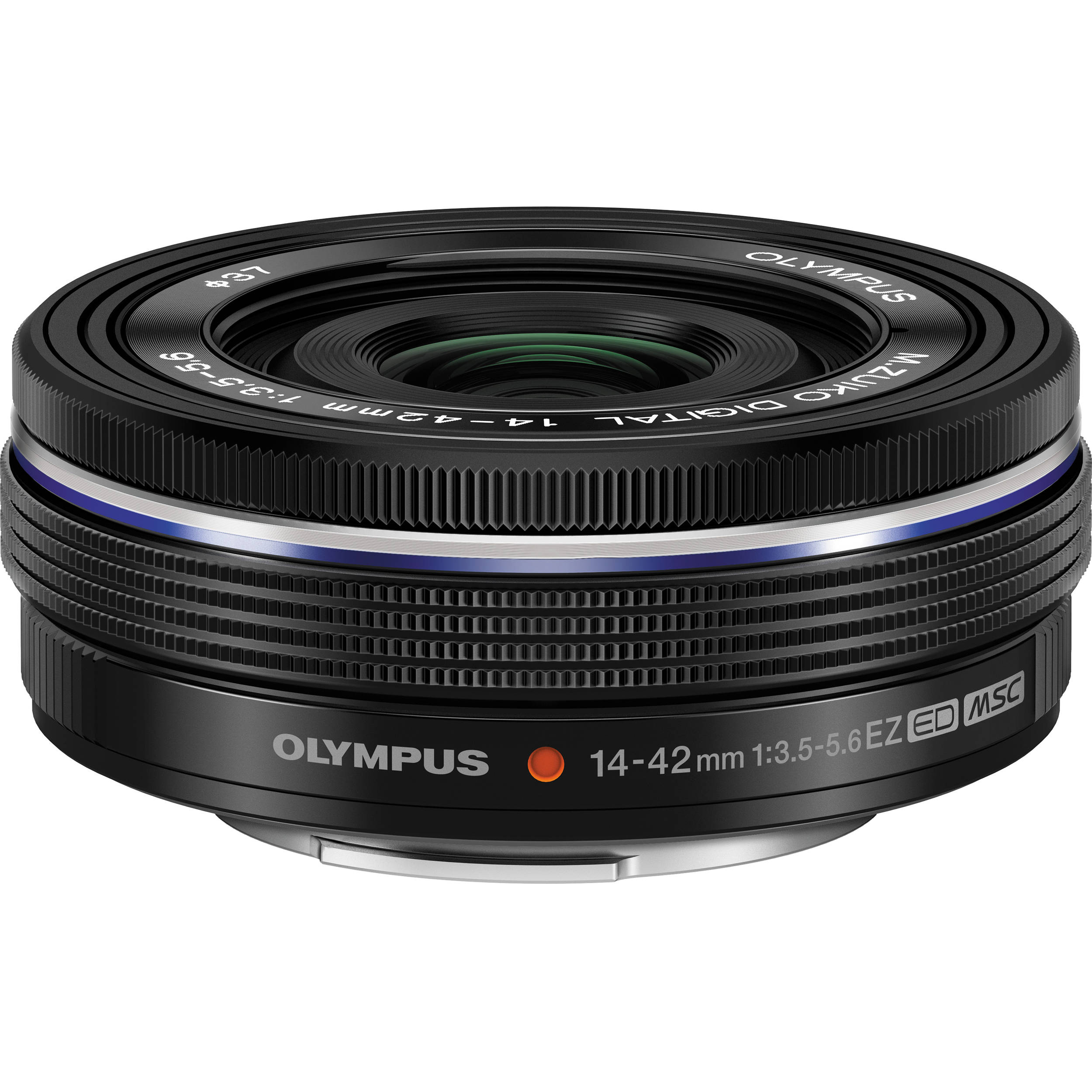MaskedMakrel
Active member
I mean my cheap DSC-H300 does a relatively good job of taking photos suitable for 8x10 printing. The difference between the printed version and the monitor is largely correctable by adjusting the gamma to make the image lighter. If I "loupe" the photos, they can look ugly and noisy but none of the noise can be seen at 8x10. The camera is sub $200, but I get a lot of compliments when guests look at the photos on my wall.Yes... Way too many pixel peep their perfect images for lens faults and are in a search for a noise that isn't visible and blame sensor when it doesn't capture sun and the deepest shadow equally.
However, the high price of the ILC cameras combined with the ridiculous cost of lenses is a bit of a downer. It's a bit much to expect consumers to be thrilled with noise at a pixel peeping level after dropping more than a grand on gear. Yo-Yo pricing only adds to the misery of the experience as consumers are also expected to try to "time" a deal.
The m4/3 manufacturers do not seem interested in marketing at a level of quality and scale that would truly inspire consumer confidence.



